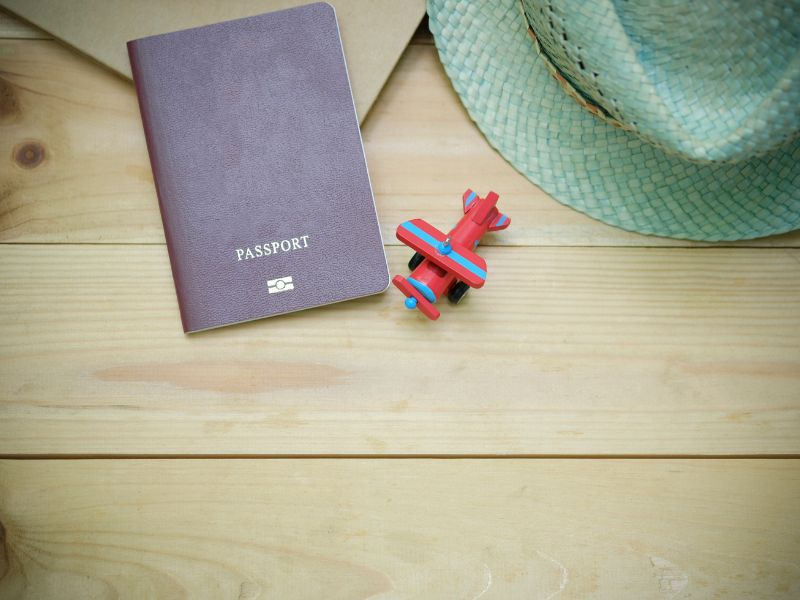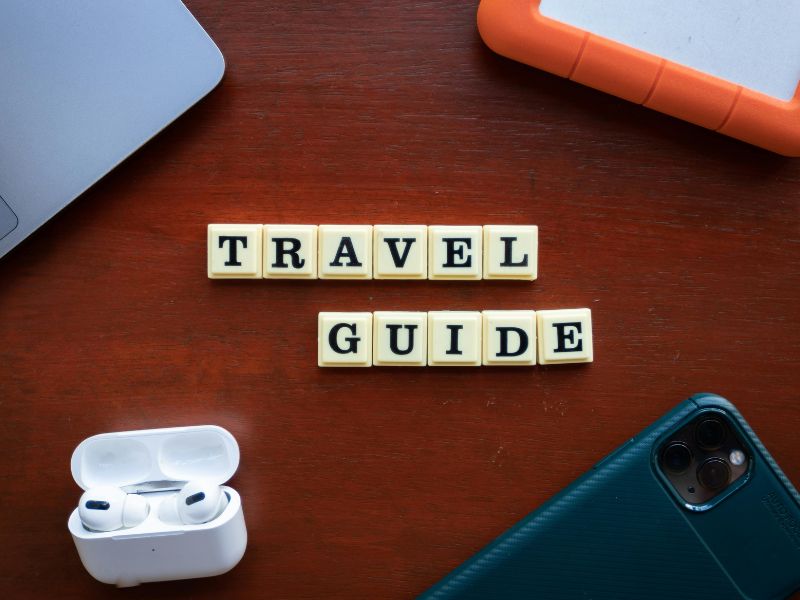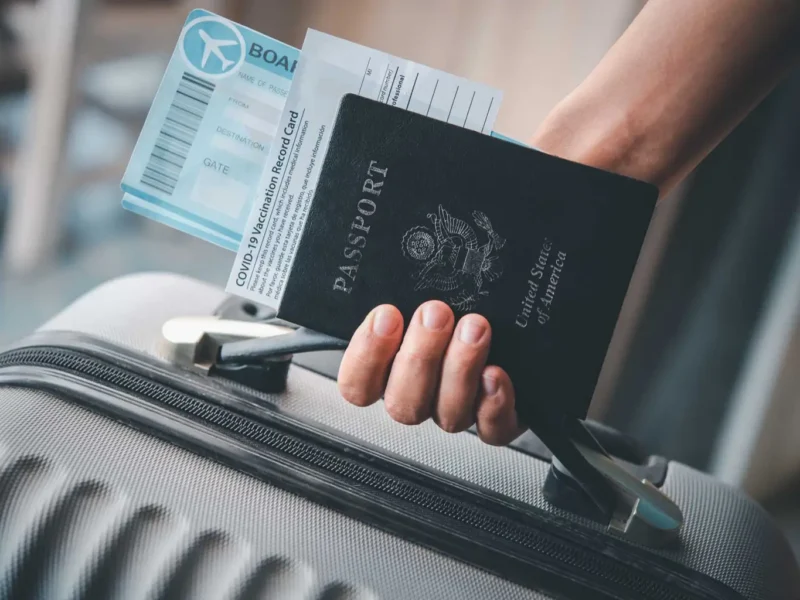Canada is a country that values family reunification and offers various immigration pathways to help loved ones come together. One of the most popular and compassionate programs under Canadian immigration law is the Spouse Sponsorship Program, which allows Canadian citizens and permanent residents to sponsor their spouse or partner to become a permanent resident of Canada. Whether your loved one is currently living in Canada or abroad, this program provides a clear path to reunite with them and start building a life together in one of the world’s most welcoming nations.
Applying for spouse sponsorship can be an emotional and life-changing experience, but it can also be a complex process requiring careful attention to details and documentation. From understanding eligibility requirements to gathering the necessary evidence to prove your genuine relationship, navigating the system can feel overwhelming at times. This guide will break down the process step-by-step, helping you understand what it takes to successfully sponsor your spouse or partner and bring them to Canada.
Whether you’re starting your application or seeking clarity on specific requirements, this article is here to provide you with all the information you need to make this process as smooth as possible. Let’s explore how you can bring your loved one to Canada and start a new chapter in your journey together.
Understanding Canadian Spouse Sponsorship
The Canadian Spouse Sponsorship Program is a key component of Canada’s Family Class Immigration initiative, designed to reunite families and loved ones. It provides a pathway for Canadian citizens and permanent residents to sponsor their spouse, common-law partner, or conjugal partner for permanent residency in Canada. This program reflects Canada’s commitment to keeping families together, acknowledging the importance of strong family ties in building a thriving society.
The spouse sponsorship program allows the sponsored individual to live, work, and study in Canada as a permanent resident. Unlike other immigration streams, the spouse sponsorship process prioritizes family reunification, often expediting the processing of applications. However, applicants must meet specific criteria to ensure the relationship is genuine and the program is not misused.
To successfully navigate this process, it’s essential to understand the key aspects of the program, including the relationships that qualify, the responsibilities of the sponsor, and the rights of the sponsored individual. Whether your partner is already in Canada or residing abroad, the program offers different pathways tailored to specific circumstances.
By understanding the program’s requirements and preparing a thorough application, you can make the journey toward reuniting with your loved one in Canada a seamless and successful experience. In the sections below, we’ll explore the types of relationships recognized, the eligibility criteria, and the step-by-step process for submitting a sponsorship application.
Eligibility Requirements for Sponsors
To sponsor your spouse or partner, you must meet the following criteria:
Canadian Citizenship or Permanent Residency: You must be a Canadian citizen or permanent resident. Citizens living outside Canada can sponsor their spouses, but they must plan to live in Canada once the sponsorship is approved.
Age: You must be at least 18 years old.
Financial Capability: While there is no minimum income requirement to sponsor a spouse, you must not be receiving social assistance for reasons other than disability. You must also demonstrate that you can support your spouse financially if needed.
No Default on Previous Sponsorships: You cannot sponsor someone if you failed to meet the terms of a prior sponsorship agreement.
Criminal Background: Sponsors with certain criminal convictions (e.g., violent offenses) may be ineligible.
Eligibility Requirements for Sponsored Individuals
For a spouse or partner to be sponsored under Canada’s Spouse Sponsorship Program, they must meet specific eligibility requirements to ensure their admissibility to Canada. These requirements are designed to confirm their identity, background, and relationship authenticity while ensuring they pose no risk to Canadian society. Below are the key eligibility criteria for sponsored individuals:
Relationship with the Sponsor
- The individual must fall under one of the three recognized categories:
- Spouse: A legally married partner with a valid marriage certificate.
- Common-law Partner: Someone who has lived with the sponsor in a conjugal relationship for at least 12 consecutive months.
- Conjugal Partner: A person in a committed relationship with the sponsor for at least one year but unable to live together due to circumstances beyond their control (e.g., immigration barriers, cultural or legal restrictions).
Proof of the relationship, such as marriage certificates, shared financial responsibilities, or communication logs, is required to validate its authenticity. IRCC places great emphasis on ensuring that the relationship is genuine and not created solely for immigration purposes.
Legal Status
- The sponsored individual must have legal status in their current country of residence. This means they must not be living illegally or without proper documentation in the country they reside in at the time of application.
- For inland sponsorship, the sponsored person must also be physically present in Canada and maintain valid temporary resident status during the application process (e.g., as a visitor, worker, or student).
Admissibility to Canada
The sponsored individual must pass a series of admissibility checks conducted by IRCC to ensure they do not pose a security, health, or financial risk to Canada. These checks include:
- Medical Examination: A medical exam must be completed with an IRCC-approved panel physician to rule out any conditions that could pose a public health risk or place an excessive demand on Canada’s healthcare system.
- Criminal Background Check: Sponsored individuals must submit police clearance certificates from every country they have lived in for six months or more since the age of 18. This ensures they have no serious criminal record.
- Security Screening: Background checks are conducted to ensure the individual does not pose a threat to Canada’s national security.
Genuine Intent to Live Together
- The sponsored individual must demonstrate a genuine intent to live with their sponsor in Canada upon receiving permanent residency. Evidence such as shared plans for the future, joint financial commitments, and correspondence can help support this claim.
- For conjugal partners who may not have lived with the sponsor, additional proof of their ongoing and committed relationship is required.
Age Requirement
The sponsored individual must be at least 18 years old at the time of the application. Sponsoring a minor as a spouse or partner is strictly prohibited under Canadian law.
No Previous Sponsorship Defaults
- The sponsored individual must not have been previously sponsored as a spouse or partner within the last five years. Canadian immigration law includes this restriction to prevent abuse of the sponsorship program.
Genuine Relationship
IRCC carefully assesses the authenticity of the relationship. If there is any suspicion that the relationship is a “marriage of convenience” arranged solely for immigration purposes, the application will be rejected. To prove the relationship is genuine, the couple must provide substantial evidence, such as:
- Photographs from important events (e.g., wedding, vacations, family gatherings).
- Proof of communication (e.g., emails, chat logs, call records).
- Joint financial documents (e.g., bank accounts, leases, utility bills).
- Testimonies from friends and family support the relationship.
Steps to Apply for Canadian Spouse Sponsorship
Applying for Canadian spouse sponsorship involves several steps, from verifying eligibility to submitting the application package. The process can seem daunting, but breaking it down into manageable steps will help ensure a smooth and successful application. Below is a step-by-step guide to applying for Canadian spouse sponsorship.
Confirm Eligibility
Before starting the application process, ensure that both you (the sponsor) and your spouse or partner (the sponsored individual) meet the eligibility requirements. Key points to confirm include:
- The sponsor is a Canadian citizen or permanent resident, at least 18 years old, and financially capable of supporting their spouse.
- The sponsored individual falls into one of the eligible relationship categories (spouse, common-law partner, or conjugal partner) and meets Canada’s admissibility criteria.
Determine the Type of Sponsorship Application
There are two types of spouse sponsorship applications:
Inland Sponsorship:
- For couples already living together in Canada, where the sponsored individual has temporary resident status (visitor, worker, or student).
- The sponsored individual can apply for an open work permit, allowing them to work while the application is being processed.
Outland Sponsorship:
- For spouses or partners living outside Canada.
- The application is processed through the visa office responsible for the sponsored individual’s country of residence.
Choose the type of sponsorship that applies to your situation, as the forms and processing times may differ.
Gather the Required Documents
To complete the application, you must collect various documents to prove eligibility and the authenticity of your relationship. These documents include:
Proof of Relationship:
- Marriage certificate (for spouses).
- Proof of cohabitation (for common-law partners), such as joint bank statements, lease agreements, or utility bills.
- Photos, communication records (e.g., emails, messages), and statements from family and friends.
Identification Documents:
- Passports and birth certificates for both the sponsor and the sponsored individual.
Criminal Record Checks:
- Police clearance certificates from all countries where the sponsored individual has lived for six months or more since the age of 18.
Medical Examination Results:
- The sponsored individual must complete a medical exam with an IRCC-approved panel physician and submit the results.
Proof of Legal Status in Canada (for inland applications):
- Visitor, student, or work permits for the sponsored individual.
Double-check the list of required documents in the application package to ensure nothing is missed. Missing documents can delay processing or lead to refusal.
Complete the Application Package
Download the most recent spouse sponsorship application package from the IRCC website. The package includes forms for both the sponsor and the sponsored individual. Common forms include:
- Application to Sponsor, Sponsorship Agreement, and Undertaking (IMM 1344): Completed by the sponsor.
- Generic Application Form for Canada (IMM 0008): Completed by the sponsored individual.
- Schedule A – Background/Declaration (IMM 5669): Completed by the sponsored individual.
- Relationship Information and Sponsorship Evaluation (IMM 5532): Completed jointly by the sponsor and the sponsored individual.
Ensure all forms are filled out completely and signed where required. Incomplete or unsigned forms can result in delays or a returned application.
Pay the Application Fees
Sponsorship applications require payment of processing fees. These fees include:
- Sponsorship Fee: $75 CAD.
- Principal Applicant Processing Fee: $490 CAD.
- Right of Permanent Residence Fee (RPRF): $515 CAD (can be paid later but is recommended to pay upfront).
- Biometrics Fee: $85 CAD (if required).
The total fee for most spouse sponsorship applications is $1,165 CAD, but fees may vary depending on the specifics of the case. Payments are made online, and you must include the receipt in your application package.
Submit the Application
Once the forms are completed and the documents are ready, assemble the application package and mail it to the appropriate IRCC office.
- For inland sponsorship, the package is sent to the Case Processing Centre in Canada.
- For outland sponsorship, refer to IRCC’s guidelines to determine the appropriate mailing address.
Use a reliable courier service to track the delivery of your application.
Biometrics and Medical Examination
After submitting your application, the sponsored individual will receive instructions to:
- Provide Biometrics: This includes fingerprints and a photo. Biometrics can be submitted at a Visa Application Centre (VAC) or an IRCC-designated location.
- Complete the Medical Examination: If not already completed, the sponsored individual will need to undergo a medical exam with an IRCC-approved panel physician.
Timely completion of these steps is critical to avoid delays.
Conclusion
Reuniting with your spouse or partner in Canada is a deeply meaningful journey, and the Spouse Sponsorship Program provides a clear pathway to make that dream a reality. While the process may seem complex, breaking it down into manageable steps—starting with confirming eligibility, gathering the necessary documents, and submitting a complete application—can make the experience smoother and less stressful.
It’s important to approach this process with careful attention to detail, ensuring that all forms are filled out correctly and that you provide strong evidence of your relationship’s authenticity. Additionally, staying informed about IRCC’s requirements and timelines can help avoid unnecessary delays. If challenges arise during the application, such as requests for additional information or interviews, responding promptly and thoroughly will increase your chances of a successful outcome.
Ultimately, the effort invested in the application process is well worth it. Through the Canadian Spouse Sponsorship Program, you can reunite with your loved one and begin building a life together in one of the world’s most welcoming and diverse countries. By following the steps outlined in this guide, you’ll be one step closer to bringing your loved one to Canada and starting your new chapter as a family.






